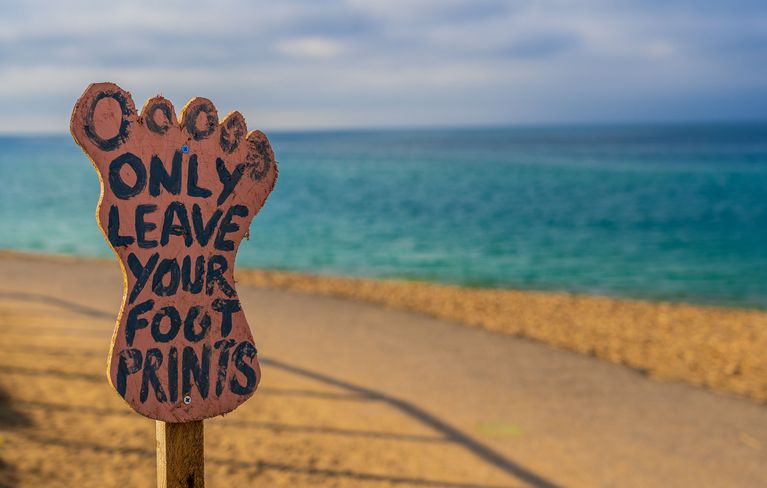
Sustainability
Sustainability measures for the on-site part of the Sustainability Summit
The 3. Sustainability Summit will take place in a hybrid format this year. The Summit program including participation in the workshop will be equally accessible to online and face-to-face participants. We plan and implement the attendance part of the 3rd Sustainability Summit according to the criteria of sustainable event management (see Sustainable Event Management - Helmholtz Sustainability). In doing so, we take into account, among other things, the guidelines for the sustainable organization of events from the Federal Environment Agency (UBA) and the Federal Ministry for the Environment, Nature Conservation and Nuclear Safety (BMU).
With every event format, the three dimensions of sustainability must be taken into account and carefully weighed up. These include ecology, economy and social issues. The effect of an event in attendance or as a hybrid should not be underestimated - because not everything can be solved online or virtually.
As part of the sustainability measures for the on-site part, we have placed particular emphasis this year on the event-relevant indicators mobility, accommodation and catering, as we suspect that these fields of action will be the main emission drivers at a hybrid event.
MOBILITY
In face-to-face events, mobility is currently one of the largest emission items. According to expert estimates, mobility is currently responsible for 70 to 95 percent of the emissions caused by events. A hybrid event currently also offers the greatest reduction potential compared to the classic event format in presence. At hybrid events, the use of emission-intensive means of transport by online participants tends to decrease. By creating incentives for using public transport, cooperation such as the climate-neutral Deutsche Bahn ticket or other low-emission means of travel, emissions for on-site participation can be reduced.
OVERNIGHT STAY
The number of overnight stays is also an emissions item. This item can only be influenced to a limited extent by the organizer. However, spatially distributed events demonstrably lead to a reduction in the number of overnight stays per capita. With suitable measures such as the proximity between accommodation and event location, the use of climate-friendly energy or the choice of resource-saving accommodation, this item can also be further reduced. We therefore make hotel recommendations for hotels in the vicinity of the event location, which ideally are environmentally friendly certified.
CATERING
Catering also has a major impact on the event's footprint. The catering is provided on both days of the event by the DLR business operations in Cologne-Porz. E.g. lunch in the DLR company restaurant during the lunch break.
The modern DLR company restaurant offers regional, healthy, vegetarian, vegan and varied dishes - everything is always freshly prepared. The chef is also integrated into the planning process of the event. Together we would like to take the opportunity to set impulses for sustainability on the occasion of the 3rd Helmholtz Sustainability Summit with a special lunchtime campaign on September 1st and 2nd, 2022.
For the get-together on the first evening, we make sure that there is no oversupply of food. In addition, we also take various measures to ensure that as little waste as possible is generated. When it comes to catering, we want to use food that is available seasonally and regionally as far as possible.
COMPENSATION
At the end of the 3rd Helmholtz Sustainability Summit, the unavoidable emissions caused by the on-site part of the event at the DLR site in Cologne should be offset. It also takes into account those emissions that are caused by the arrival and departure of the participants. We will publish the figures, data and facts as well as selected offsetting projects after the event.